For first Black man to wear hiking’s ‘triple crown,’ the trails are a place for healing
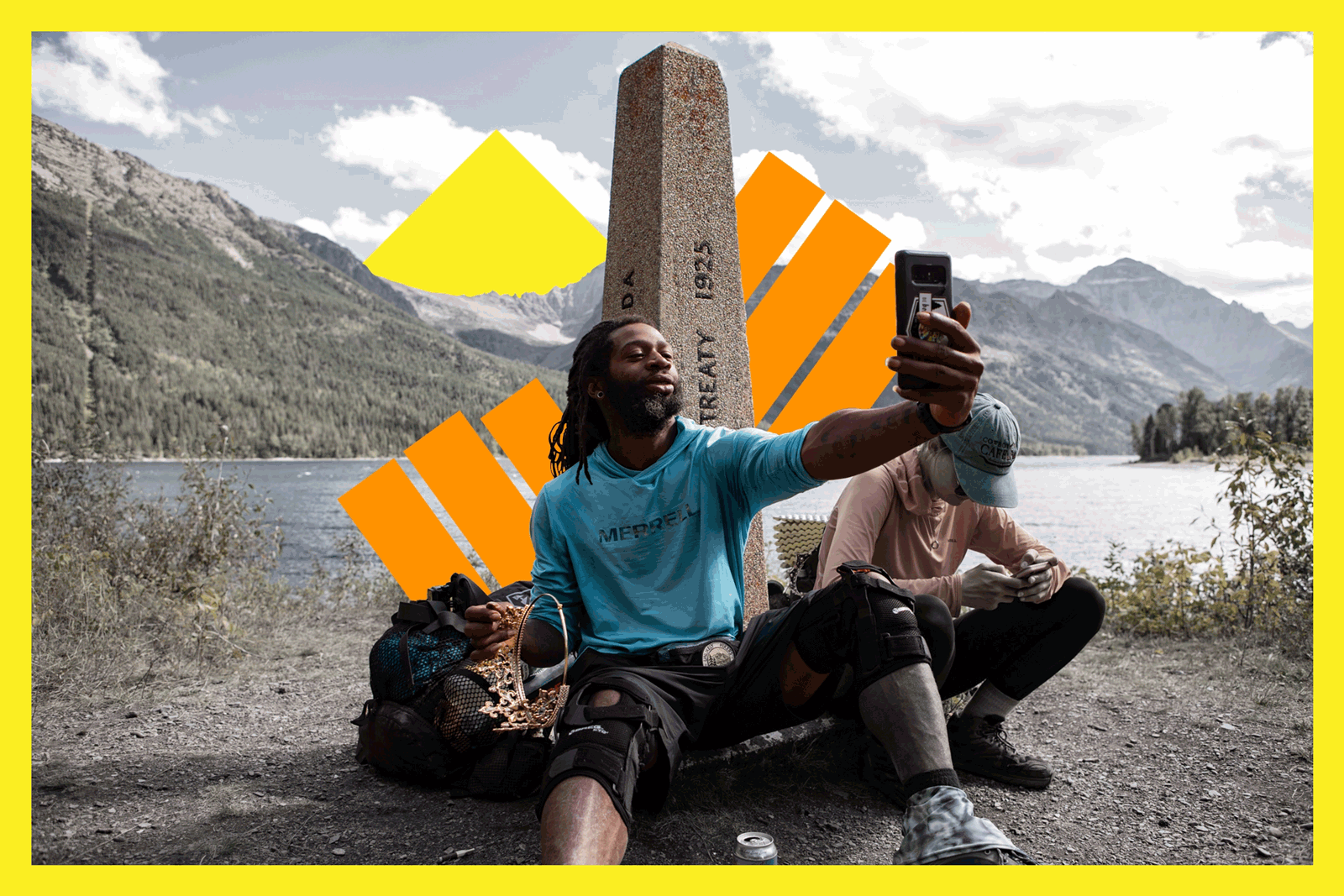
You might know Akuna Robinson as the first Black man to wear the “triple crown” for completing three of the most challenging U.S. trails: the Pacific Crest Trail (PCT), the Appalachian Trail (AT) and the Continental Divide Trail (CDT). He’s also the winner of the 2022 George Mallory Award for outdoor explorers. But his advocacy and kindness loom even larger than his accomplishments: He’s a trail mentor, a nature lover and a survivor of depression and anxiety who advocates for mental health.
Robinson, 41, was born in Germany to a military family and grew up in New Orleans. A veteran of the Iraq war, Robinson found himself suffering from PTSD, alcoholism and mental health struggles after being discharged in 2003 due to an injury. While stationed in Iraq, he’d pore over a donated PCT guidebook, a memory that stuck with him. In 2016, in the trenches of his PTSD, he clicked on the TV to find the film “Wild,” an adaptation of Cheryl Strayed’s memoir about healing by hiking the PCT.

Inspired, Robinson called the PCT organization that manages its permits. They had just one available for the upcoming season: April 1. That date was in two weeks, leaving him little time to train. “Something just snapped in me saying, ‘I need to go through this,’” Robinson told me. “This is going to be my road to recovery right here. I started ordering gear that I knew nothing about and was gone two weeks later.”
Get The Wild newsletter.
The essential weekly guide to enjoying the outdoors in Southern California. Insider tips on the best of our beaches, trails, parks, deserts, forests and mountains.
You may occasionally receive promotional content from the Los Angeles Times.
On the trail, Robinson found calm, meaning and joy; hiking has helped him better manage his PTSD, he says. But he’s also faced challenges: During his first attempt at the PCT in 2016 at age 35, he dislocated his knee at 1,600 miles and had to stop. The next year, he finished the entire PCT. In 2018, he tackled the AT, and in 2019, the CDT, completing the triple crown a year after Elsye “Chardonnay” Walker, the first Black woman to trek all three.
“I’ve gained my confidence back,” Robinson says. “Prior to hiking, we couldn’t have this conversation. I didn’t leave my home and had completely shut down socially. Just going to Walmart would trigger anxiety and panic attacks to where I felt like I was literally dying in the store. Getting out there in nature allowed me to be able to live again.”
The outdoors belongs to us all. But America’s history of segregating parks means that in 1952 Black Americans had access to only 12 of the 180 state parks across nine Southern states. Many Black hikers today have parents or grandparents who weren’t allowed to visit such a park, so couldn’t pass on trail knowledge or take them there on trips. According to the 2022 global Merrell study “Inclusivity in the Outdoors,” 21% of the Black participants surveyed have experienced discrimination when outdoors.
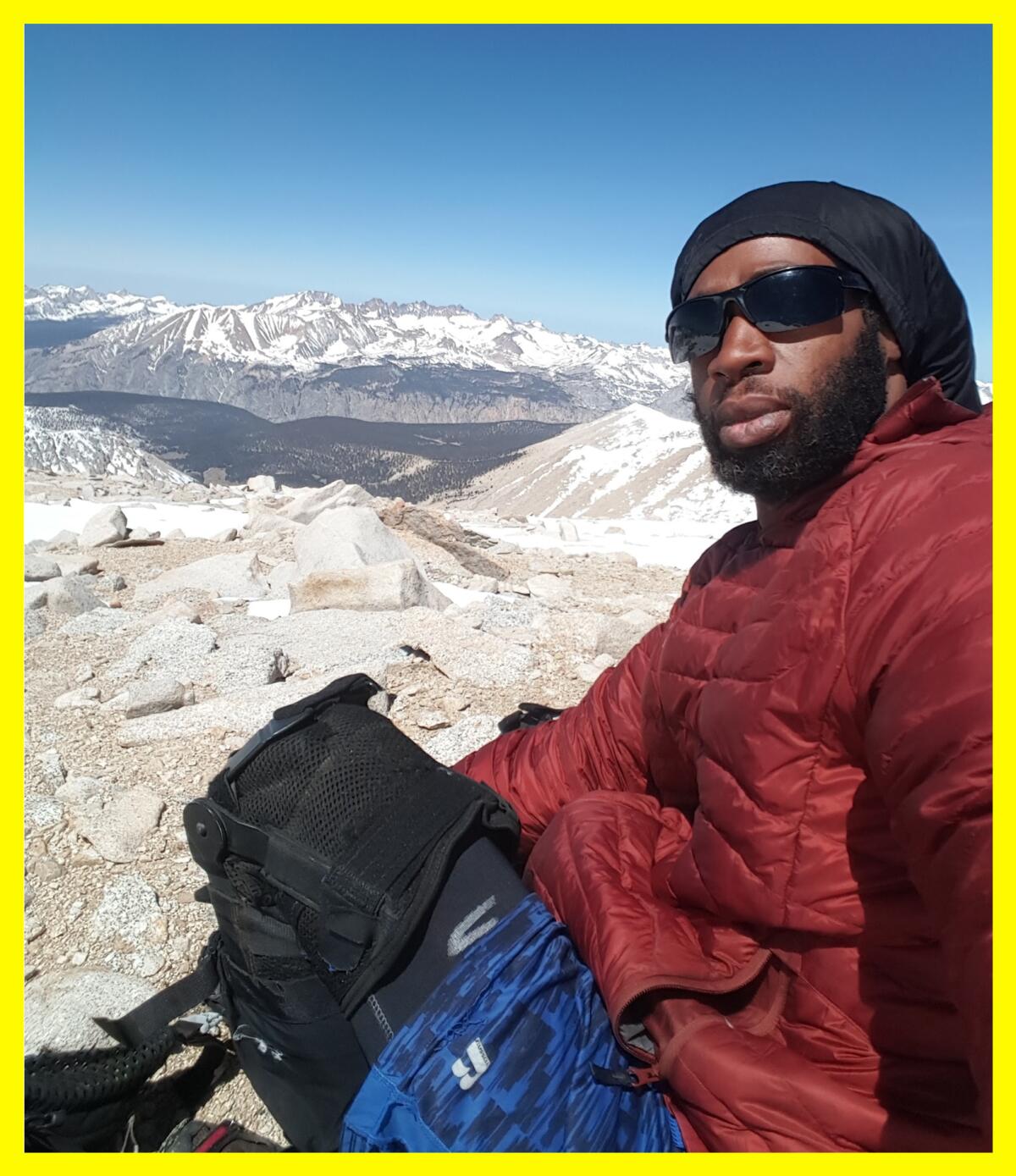
We need to talk about not just including people of color, but about ensuring the entire outdoors is a safe and joyful space they can own. This will require overhauling not just the hiking and outdoors world, but our society itself. As we make those endeavors, there are some actions we can support and many organizations we can donate to, volunteer with and advocate for, including Loop Nola, a hiking organization for which Robinson volunteers.
Robinson shared his advice for what to pack and wear while through-hiking — an end-to-end backpacking trip on a long-distance trail — how he kept going when he wanted to quit, and the ways he supports diversity on the trail.
If you’re struggling with your own mental health, are concerned about the mental health of another, or just need to talk, please reach out to someone. Here is a list of resources.
This interview has been edited for length and and clarity.
How has being on the trail connected you to nature?
I like to watch the birds, and then you have the lizards that run up ahead of you and wait for you. I started having conversations with them. In Colorado, I was taking a break by a lake and a moose just walked up. It took a drink from the lake and looked at me, gave me the nod and then disappeared. In Wyoming, we saw five to six grizzly bears a day, and that was a little unnerving. It’s just a beautiful sight to see them doing what they normally do in nature and allowing us to be there.
You’ve said you’re often the only Black hiker on the major trails. Has that changed in the last six to seven years, with groups like Outdoor Afro and Black Girls Trekkin’?
I definitely see more people of color. There is an increase from 2016, especially when it comes to women of color. It’s so nice to see. I just got to get my guys out there so we can make this trail the diverse place it deserves to be.
Part of that is your work mentoring kids so they feel ownership over the outdoors.
When I’m home in New Orleans, I like to go and talk to the youth at a local program called Loop Nola. They bring kids from different schools in the inner city and take them fishing, kayaking, hiking, camping, even on some overnights in North Carolina. We usually do a group hike, and it’s been a lot of fun.
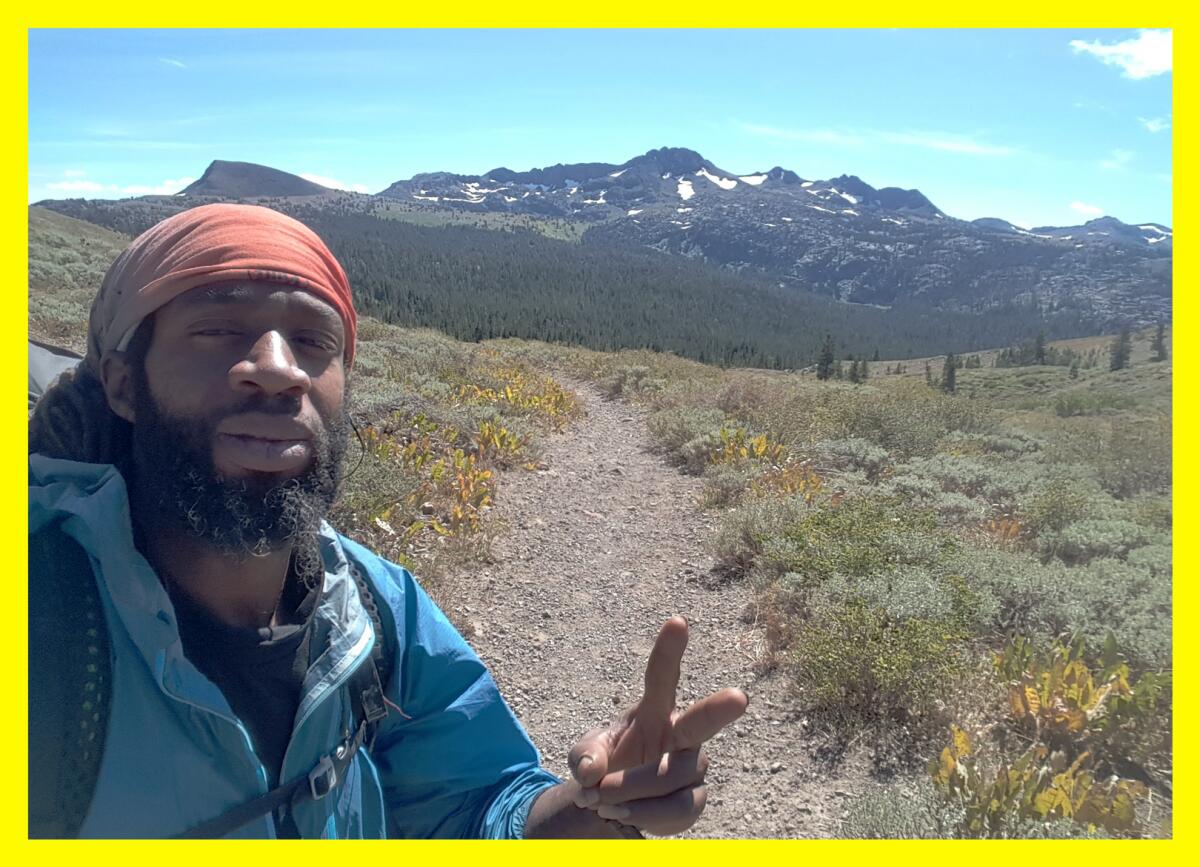
What was in your pack the first time you did the PCT?
My first attempt in 2016, oh my goodness. I carried a tent that my research online told me was the best backpacking tent, and the thing was almost 10 pounds. When I would put the tent up and see all these itty-bitty hiking backpacker tents, I felt like I had a castle supreme. I carried three water filters. I was packing like I didn’t think I was ever going to see civilization. We call it “packing your fears.”
How did you approach downsizing by the time you finished the PCT in 2017?
There’s nothing wrong with carrying too much water or food until you figure out what works best for you. Along the way, you just pay attention to how much you’re consuming each mile and each day, and make the adjustments as you go.
What clothes and shoes do you wear for through-hiking?
I hiked the Appalachian Trail in the Merrell Agility Synthesis Flex, the first lightweight shoe I ever used — I fell in love. But as of now, the Nova 3 is my absolute favorite shoe for long-distance hiking and is my everyday wear. I have a pair on right now.
I wear merino wool socks, and I tend to like ankle socks myself. Usually, I’m wearing ankle gaiters to keep rocks and other debris out of my shoes. I usually wear shorts unless I need to wear pants for the extra protection or when it’s cold.

You also have your own clothing line, featuring a shirt I particularly like that says, “Accept me as I am, or kick it to the rocks.”
Yeah, that was pretty much how I was raised — if you like me, that’s cool. If you don’t like me, that’s cool too. Just allow me to exist, allow me to be me. You can be you, and if people don’t like it, oh well, they can just go away.
Which was the hardest of the three toughest U.S. trails?
Mentally I think the Appalachian Trail was the hardest. You pass through gaps all the time, and when you’ve been rained on for four days straight, you’re soaked and soggy and cold. That’s the one where the people around you are really going to keep you on the trails, so it’s important to build a trail family. The most challenging is probably the Continental Divide Trail [3,100 miles] because the length of it is 500 miles longer than the Pacific Crest Trail [2,650 miles] and almost 1,000 miles longer than the Appalachian Trail [2,190 miles].
What was the most challenging part of the PCT for you?
I came into hiking trying to help myself with post-traumatic stress disorder. I had to conquer the social barriers and the anxiety when I first started, being comfortable within myself and other people.
As far as the trail itself, the Sierras was the most difficult for me — you know, they’re over 10,000 feet, and I’m from Louisiana, which is actually below sea level. Your body feels heavier, and you’re working all day for the 25 miles you need to do, and then you look at your map and it says you’ve only gone six.
Was there a moment where you really felt like quitting, and what kept you going?
I think every day I thought of it until I got to the 100-mile mark. Then it was like: I did this; I just hiked 100 miles. How many people in this world actually have done that straight? If I can do that, then I can just keep going for another 100 and another 100, and we’ll see what happens.
Did the military toughen you for the trail, or did it make it harder to be emotionally vulnerable and do the healing you needed to do while hiking?
I definitely think it was a little bit of both. The camaraderie you have with the military is really close to what you have with your trail family. It’s almost like you have the same mission, and you’re helping each other achieve it. But also, when you’re hurting, when you’re beat up on these trails, your military background says, “Hey, you can’t admit that, you can’t listen to your body. You have to just push on.” So, you know, I had to relearn that part.
What trails will you be doing in the near future?
I attempted the Buckeye Trail last year, and I ended up spraining the MCL and PCL in my knees, so I had to leave that early. I will be attempting a southbound hike of the Appalachian Trail, traveling through Maine, New Hampshire, Vermont, Massachusetts, Connecticut, New York, New Jersey, Pennsylvania, Maryland, West Virginia, Virginia, Tennessee, North Carolina and Georgia.
3 things to do

Party in the compost pile. Ain’t no party like a food waste party — or so say the folks running Food ED, a San Gabriel Valley nonprofit that uses gardens to teach community building. This Saturday from 9 a.m. to 2 p.m., they’re hosting their mega shindig to fight food waste. At this free event, you’ll learn how to cook with leftovers, get free compost, teach the kids how to make worm bins and enter raffles for compost bins and tumblers. Food ED will also orient the neighborhood to new composting law SB 11383 — and it’s all free, natch. RSVP to participate in kids’ craft activities or to take home your own small worm bin or compost-at-home kit.
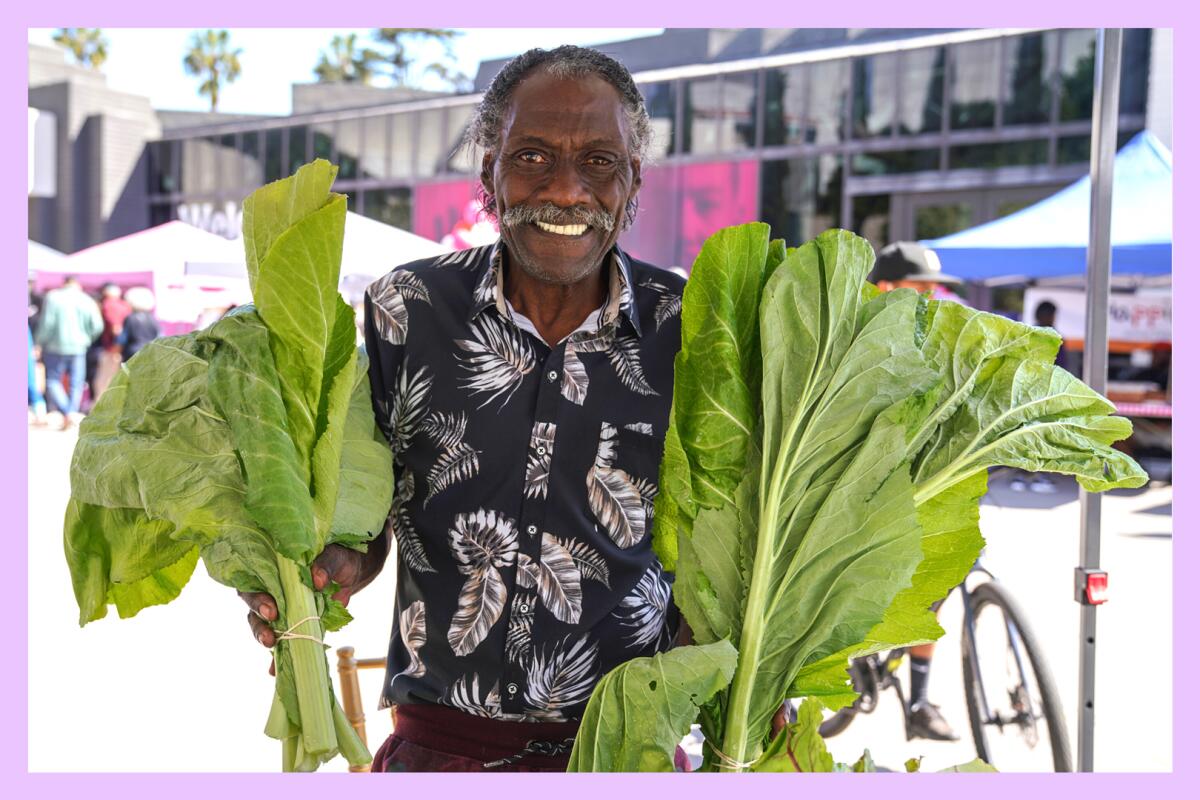
Celebrate Black farmers and nosh on goodies. Shop the farmers market and artisan goodies at CAAM’s Prosperity Market pop-up this Saturday from 11 a.m. to 3:30 p.m. DJs will set the vibe, food stalls aplenty will feed you, and you’ll go home with armfuls of fruits and veggies. From 10 to 11 a.m., soak in an all-ages sound bath and group meditation with Sol & Sound, and from 11 a.m. to 12 p.m., get your vinyasa in with teacher Constance Hartwell (BYO yoga mat for both events). I’ll be there for the cooking demos — and of course, the sweet mango jam from Happi Jam and the umami black pepper hot sauce by Gloria’s Shito. The event is free, but you should RSVP here.
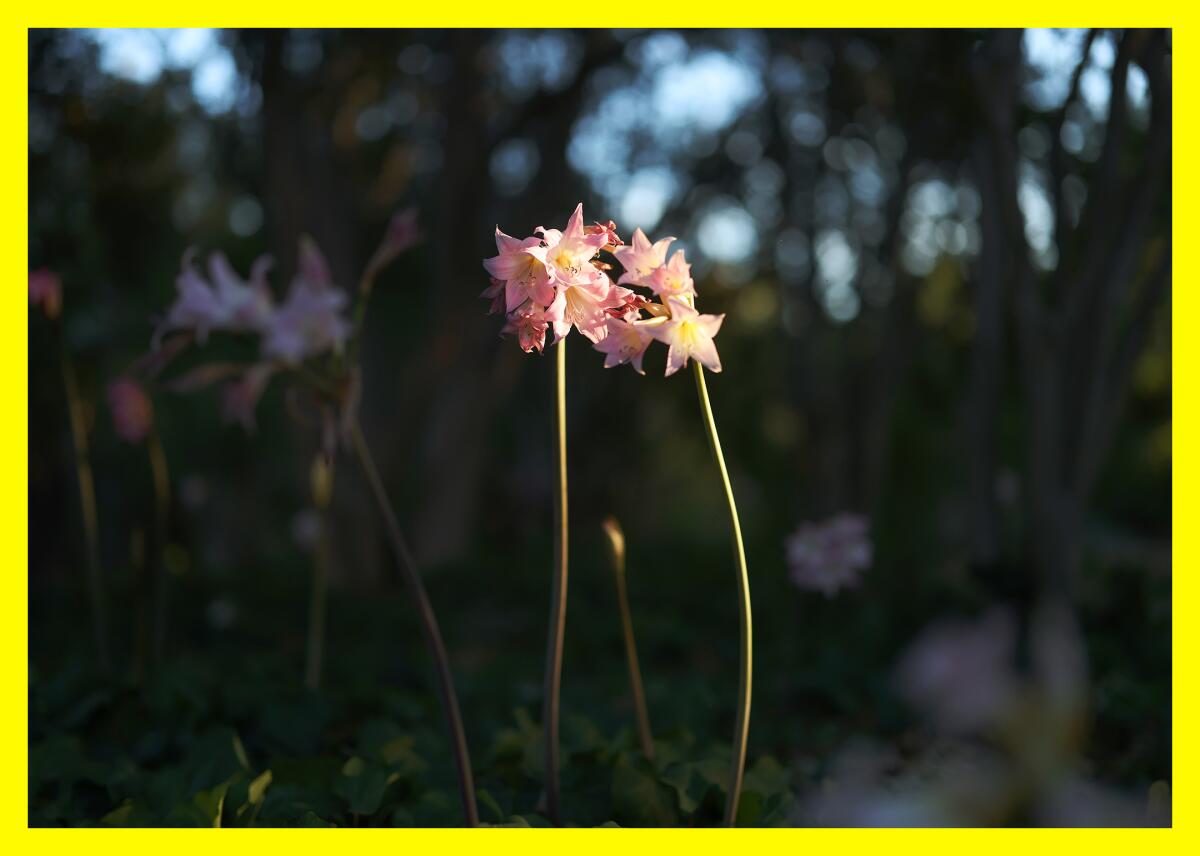
Lighten your mental load — in person or virtually. Relinquish the CBD tonic and take a 30-minute break that will really relieve stress, reduce emotional reactivity and boost your immune system. Every Thursday from 12:30 p.m. to 1 p.m., the Billy Wilder Theater hosts free weekly drop-in mindful awareness meditations. These sessions are research-backed and taught by professionals like Diana Winston and other UCLA Mindful Awareness Research Center instructors. If your route is jammed, you can join from the comfort of your home.
The must-read

Afar has shared that Arizona’s Havasu Falls has reopened for the first time in three years, after the pandemic and some pretty intense flooding that wrecked trails. Now you have a shot at a reservation, and you can even mark your calendar for 2024. The stunningly blue falls are not part of Grand Canyon National Park but on the Havasupai Reservation, so you’ll go through their site to reserve.
As a former Arizonan, all I can say is, be ready for this 24.5-mile desert round trip, especially if you’re going this summer. Train beforehand and bring a gallon of water or more, plenty of sun protection and some electrolyte drinks or bloks.
Happy adventuring,

Check out “The Times” podcast for essential news and more.
These days, waking up to current events can be, well, daunting. If you’re seeking a more balanced news diet, “The Times” podcast is for you. Gustavo Arellano, along with a diverse set of reporters from the award-winning L.A. Times newsroom, delivers the most interesting stories from the Los Angeles Times every Monday, Wednesday and Friday. Listen and subscribe wherever you get your podcasts.
P.S.
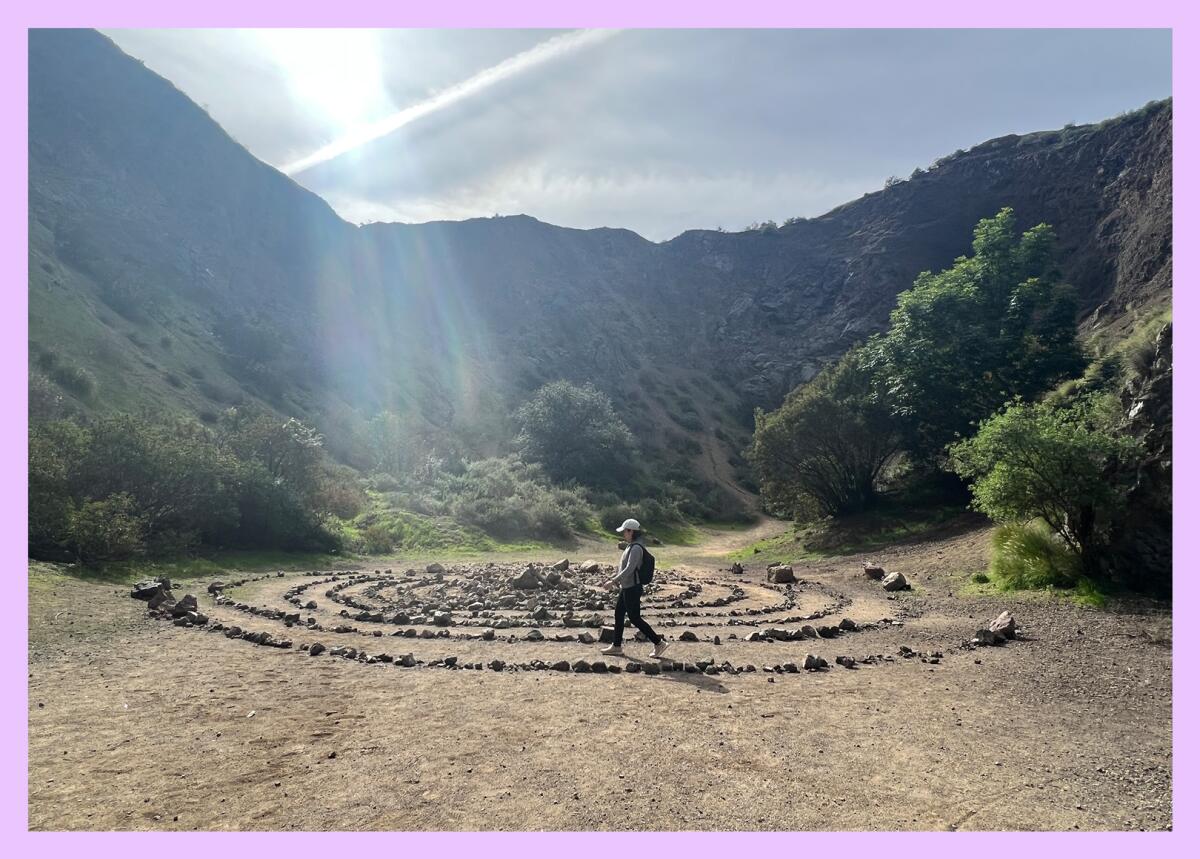
My hiking buddy and I recently had the opportunity to ascend Griffith Park’s Brush Canyon Trail and stop by the legendary Bronson Caves on the way. Though the famous “Bat Caves” themselves are closed due to falling rocks, there are several labyrinths sprinkled throughout the area. We took the time to contemplatively wander one labyrinth all the way to its center, where the maker had piled rocks to mark a central point that felt somehow final and beautiful. It was as if I’d reached the center of my brain and the answer was simpler than I thought.
Inspired to take a labyrinth walk? Try the small one at Arlington Garden in Pasadena; the Peace Labyrinth and Awareness Gardens in West Adams/Jefferson Park; the Forest Lawn Memorial Park Labyrinth, which helps mourners grieve but is also open for you to visit; or the labyrinth at Descanso Gardens, which has shared several meditations you can do as you tread.
For more insider tips on Southern California’s beaches, trails and parks, check out past editions of The Wild. And to view this newsletter in your browser, click here.
Sign up for The Wild
We’ll help you find the best places to hike, bike and run, as well as the perfect silent spots for meditation and yoga.
You may occasionally receive promotional content from the Los Angeles Times.




